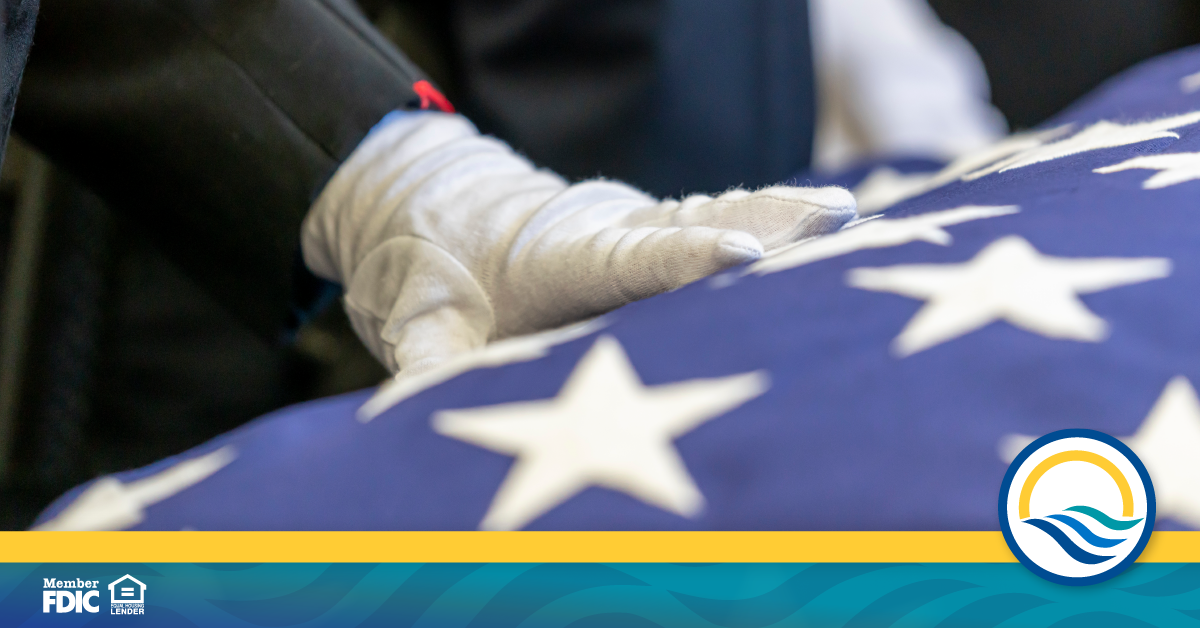The History of Memorial Day

Memorial Day is often treated as the unofficial start of summer, and celebrated as a day for family fun, weekend getaways, and relaxation. And while this late-May holiday can be the perfect opportunity to catch up with friends at a cookout or relax at the beach, Memorial Day is — first and foremost — a federal holiday to recognize the bravery and sacrifices our troops have made in the name of freedom.
A day for remembering fallen troops
According to the U.S. Department of Veteran’s Affairs, the first unofficial Memorial Day tributes took place in 1866. These were local affairs, often held at Civil War gravesites in the South. Just a few years later in 1868, Gen. John A. Logan of the Grand Army of the Republic declared the need for a national day of remembrance. He named this new observance “Decoration Day,” and envisioned it as a day where Americans would lay flowers at the graves of their fallen friends, family members, and comrades.
However, since many battles and skirmishes took place throughout the four-year span of the Civil War, it was a challenge to choose one date that could encompass all of the soldiers who gave their lives in the conflict. Choosing to set the holiday on the anniversary of any particular battle or victory would inevitably seem like some soldiers were being favored over others. Ultimately, Gen. Logan chose May 30, reasoning that by late spring, flowers destined for graveside tributes would be in bloom across the entire country.
As many as 5,000 Americans celebrated the first Decoration Day by laying flowers and wreaths at the graves of 20,000 Union and Confederate soldiers interred at Arlington National Cemetery in Virginia, according to USMemorialDay.org. While this first Decoration Day was certainly a success, it wasn’t adopted nationwide. Northern states were quick to take up the new tradition and declare it an official holiday, while Southern states chose their own dates to honor their fallen. This division continued until the end of World War I, which expanded the holiday’s scope beyond the Civil War with the inclusion of soldiers who gave their lives in The Great War and all other conflicts.
How Memorial Day has changed over the years
While Memorial Day is a long-held American tradition, some aspects of the holiday have changed over the years. The name “Memorial Day” began to surpass the popularity of the name “Decoration Day” after World War II, reflecting the cultural shift towards remembering the troops lost during the war, explains Military.com contributor Blake Stilwell.
Furthermore, Memorial Day didn’t always accompany a three-day weekend. Our modern Memorial Day observance always falls on the last Monday in May, a tradition that began with an act of Congress in 1971. Whereas May 30 could fall on any day of the week in a given year, standardizing the day guaranteed a three-day summer weekend that’s perfect for unwinding with loved ones, enjoying our freedoms, and remembering the soldiers who paid the ultimate price to protect our country.
When you’re ushering in the summer season with your Memorial Day celebration, you could start a new family tradition — consider volunteering at a veteran service organization, donating to a charity that benefits Gold Star families, or taking a moment to reflect upon the heroism and sacrifices of the service members who gave everything to protect our freedom.
